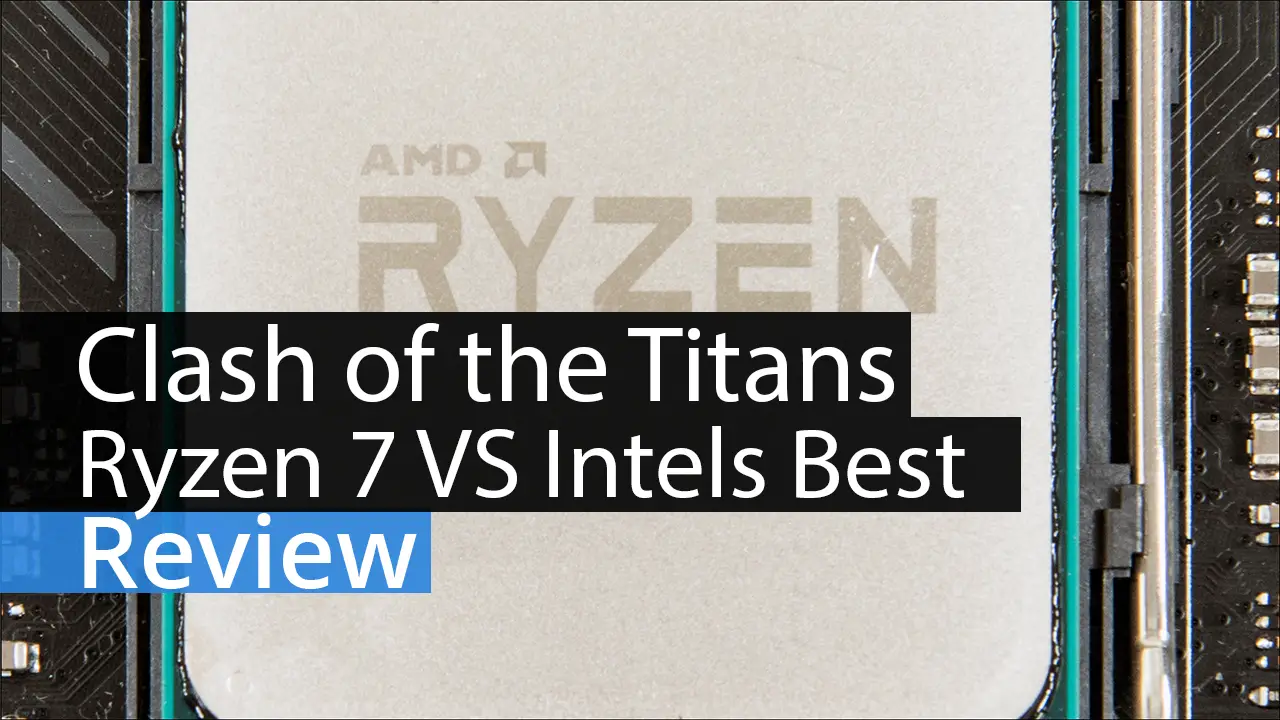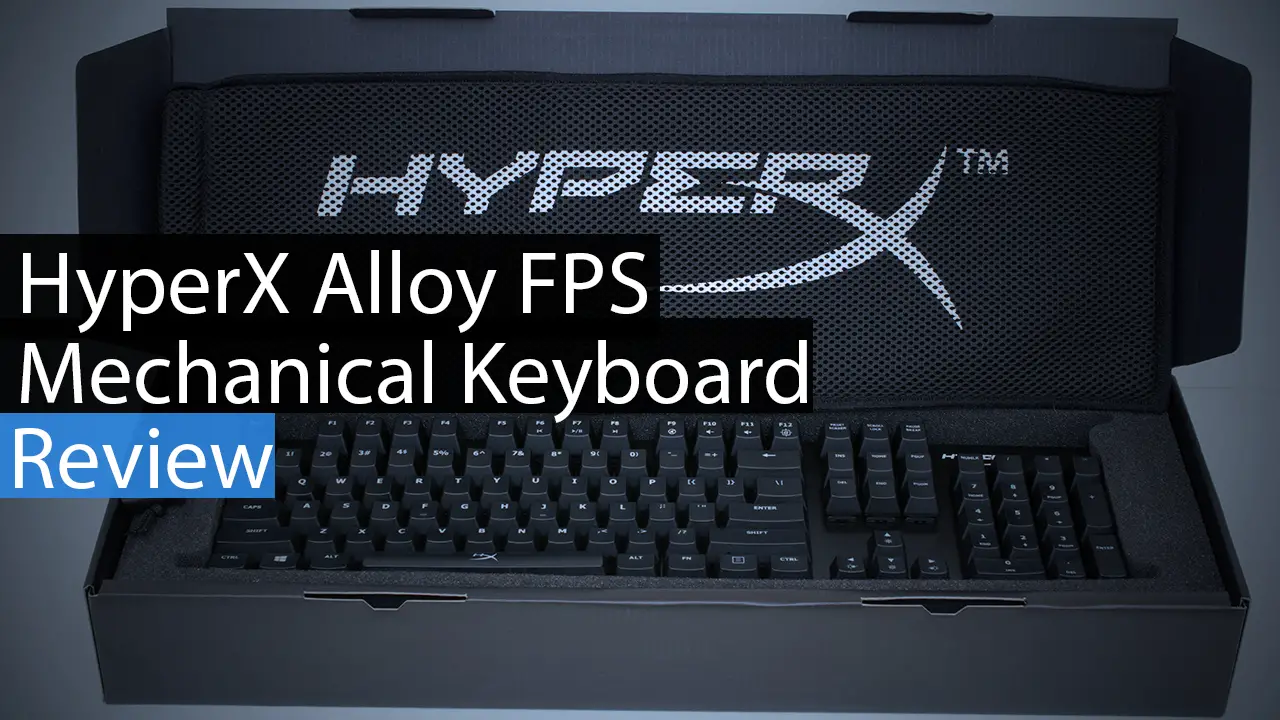It should certainly come as no surprise, yet alone rise to the level of ‘controversial’, when we say that one area that AMD’s previous generations was behind Intel in was ease of overclocking. Ryzen changes all that. First and foremost, all Ryzen 7 (and upcoming lower tier Ryzen CPUs) will be ‘Black’ or ‘K’ processors… though considering how much horsepower they have on tap its more fair to equate them with Intel ‘X’ processors. Yes AMD will not artificially limit any multipliers with these bad boys. That is a game changer and in theory puts AMD not just back on equal footing but actually a step up from Intel -as Intel makes consumers pay a premium for unlocked multipliers.

Unfortunately, unlocked multipliers is only one part of overclocking and processor overclocking limitations is the real limitation. After all it’s not like every CPU can handle a multiplier of say 50… as otherwise AMD would simply sell a 5.0Ghz Ryzen in the first place! In this area AMD still does have a bit of work cut out for them as Ryzen 7 CPUs are not able to hit massive overclocks enthusiasts have come to expect from the Intel alternatives. Overclocking also turns off XFR and Precision Power Calibration so in some instances manual may not be noticeably ‘better’.
In testing our three 7 (1700, 1700X and 1800X) all topped out at 4.1Ghz even when going above 1.5v this was a hard wall. The only difference is that the 1700 required above 1.45v while the 1700X and 1800X only needed 1.4v range. Could we have pushed to 4.2Ghz if we had gone past 1.5v? Maybe, even probably in the case of the 1800X, but that is a lot of voltage to be feeding the processor and beyond our comfort level. Especially when all three processors also needed SOC voltage increased to 1.25V and ‘NorthBridge’ voltage set to 1.15. Yes to do this properly you are going to need heavy duty cooling – just as you would with Intel socket 2011-v3 processors.

On the positive side this still is 4.1Ghz on all cores and if you so choose you probably could a bit better if you play with 2-core vs 8-core overclocking. We don’t believe in asymmetrical overclocking as we favor consistency over variable performance. Call us old-fashioned. Either way it does make the 1700 one heck of a bargain as the top-limit is pretty much the same for all Ryzen 7 cores – right now. As time goes by this may change… and probably will, but right now the 1700 is one sweet deal.
Also on the positive side 4.1Ghz is only a couple 100Mhz lower than what Intel socket 2011-v3 processors can do. Basically, people used to muster 4.8 or even 5Ghz overclocking on their itty-bitty 4 core socket 1151 system are in for some disappointment… as even Intel can’t do that right now using extremely mature tech.

Lastly, as Ryzen matures we fully expect this couple hundred MHz difference in overclocking to disappear in future batches… and do expect smaller Ryzen R5s (and especially R3’s) to do better. After all they have fewer cores and thus fewer links in the chain… and when dealing with multi-core overclocking it is always the weakest link in the chain that limits overclocking. Time will tell on this last bit.
On the RAM side all three CPUs integrated memory controllers proved to be very similar and our RAM topped out at DDR4-2600 which is a bit lower than we would have liked but still pretty darn decent all things considered. This is the other major weakness of Ryzen: the Integrated Memory Controller. Right now, DDR4-3000 and higher speeds is just not all that likely. For most this is not that big a deal as real world performance differences between ultra-high (and expensive) RAM and lower and cheaper RAM is minor to say the least. Our recommendation is opting for 2400 or 2600 at the most as that way you will get all the performance you pay for.
So how would we rate the three Ryzen processors in over-clocking? We give all of them a solid 8 out of 10. There is still room for improvement but AMD has come a long way in a very short period of time. In value for overclocking… the ‘cheap’ ‘little’ 7 1700 blew us away. It may have needed a smidge more voltage but it did keep pace with the 1800X – for a lot less. That to us makes it a solid 9 out of 10.











